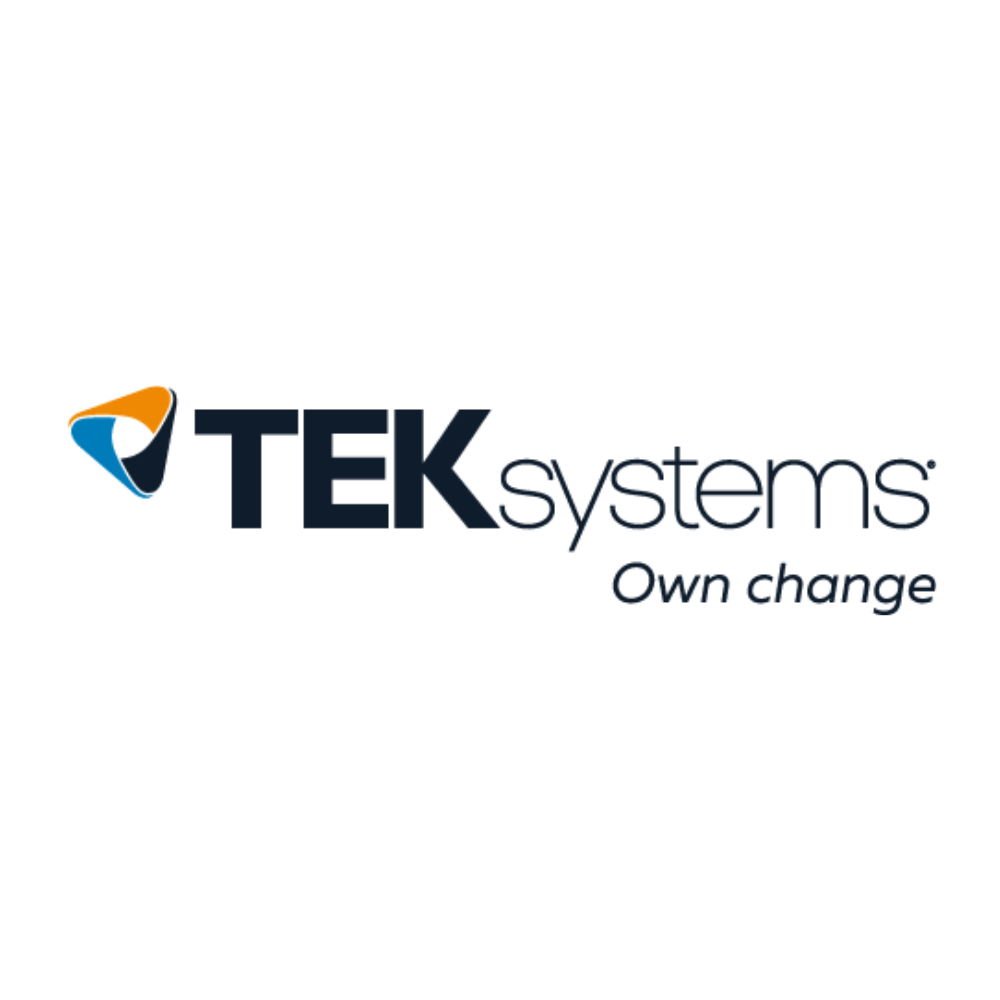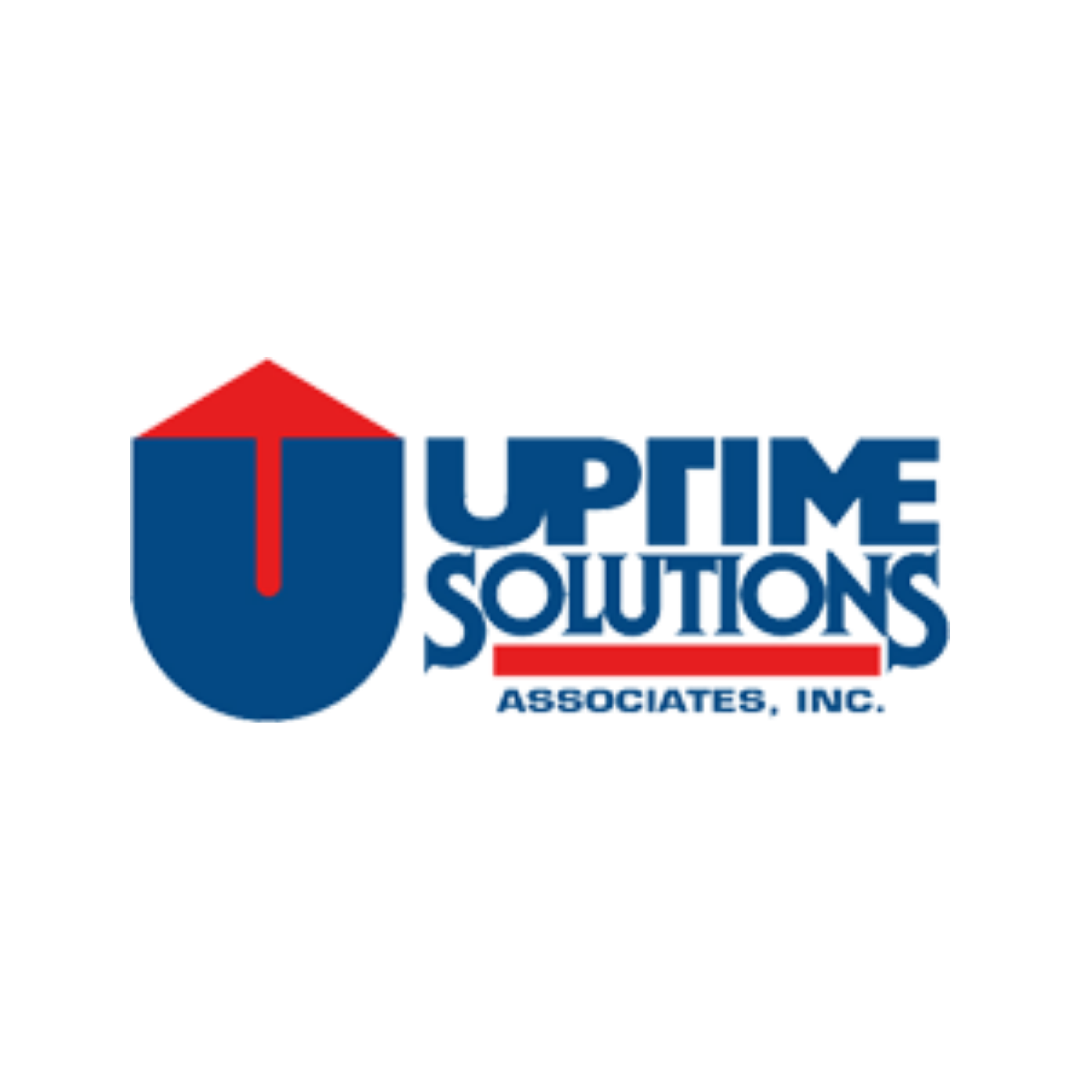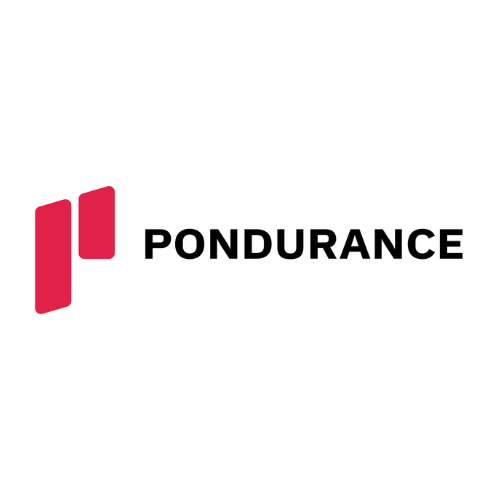 The Industrial Internet of Things (IIoT) and adjacent technology continues to have a profound impact on industrial processes, creating opportunities for product and service transformation. From intuitive graphic interfaces and intelligent device sensors to full-scale industrial workcells and more, successful technology integration is proven to optimize operations. That said, here are several concepts for companies to consider:
The Industrial Internet of Things (IIoT) and adjacent technology continues to have a profound impact on industrial processes, creating opportunities for product and service transformation. From intuitive graphic interfaces and intelligent device sensors to full-scale industrial workcells and more, successful technology integration is proven to optimize operations. That said, here are several concepts for companies to consider:
Install a Robot
An outside-of-the-box concept for many to consider, the adoption of robotic technology further enhances the IIoT ecosystem, driving further growth toward operational excellence. Where applicable, companies that successfully integrate and synchronize highly efficient robots with their current network of devices, including capital equipment, have discovered benefits such as greater production workflow, part quality, product throughput, operational safety, and return on investment (ROI).
A prime example of this is the integration of an industrial or human-collaborative robot to load/unload machined parts. A highly mundane and potentially dangerous task (depending on the part and environment), the combined use of innovative end-of-arm tooling (EOAT), easy-to-use electrical interfaces and flexible-yet-robust robots enables highly consistent part transfer. Not only is this reliable and consistent method of transfer ideal for protecting the integrity of capital equipment such as press brakes, but also, employee health and safety concerns can be substantially minimized. As an added benefit, workers can be redeployed to safer, value-added tasks for increased competitive edge. Applications for palletizing, pick and place, and welding are other labor intensive tasks that are frequently automated.
Execute Security Standards
Whether an industrial robot or another piece of machinery has been deployed, companies that integrate and synchronize equipment to an IIoT framework should understand the potential cybersecurity threats and vulnerabilities these machines (and others for that matter) can face. From exploiting weak passwords to ransomware attacks and more, there are a variety of ways “bad actors” try to disrupt operations. For these reasons, it is important for decision makers to take all necessary steps to ensure robot and enterprise safety.
Adhering to robot safety standards and industry best practices such as the Robot Security Framework (RSF) is suggested. Additionally, replacing default passwords with strong passwords, along with backing up robot and peripheral data at regular intervals is helpful.
Encryption and authentication techniques to protect data and communication may also be helpful to securely connect robots to necessary systems or networks. Protocols like Secure Sockets Layer (SSL) and Transport Layer Security (TLS) can aid in encrypting and authenticating data transmitted over the internet or other networks, while Virtual Private Network (VPN) technology can create a secure and encrypted tunnel between devices and a remote server. Public Key Infrastructure (PKI) may also be used to employ digital certificates and keys to encrypt and authenticate data.
“Hardening” devices and existing networks to withstand physical and logical attacks is also important. This process is done by applying security measures and configurations that disable and/or remove any service and feature that is not required for robot or device operation. This includes apps, interfaces, ports, protocols, etc.
Clearly defining internal roles and responsibilities for managing the robotic system (and inter-connected devices), when needed, is also ideal. While this is not a complete list of protocols and methods that may be used, it indicates that cybersecurity is a real threat that should be taken seriously, and proper precautions should be implemented to protect operational integrity.
Use Machine Monitoring
Many devices (CNC machines, robots, grippers, scanners, torches, etc.) can provide a wealth of information pertaining to equipment performance and operational trends. The ability to check, harness, and transform this data into actionable insights is extremely valuable for achieving the highest level of operational efficiency – as it enables data-driven optimized planning for key decision making.
That said, the implementation of a factory automation monitoring system that supports multiple brand devices and collects data in real time is suggested. From a manufacturing perspective, IIoT monitoring tools (along with product/part tracking) are helpful for detecting system errors, part defects and production bottlenecks.
Proven edge server solutions that use a leading OPC-UA interface to enable an integrated, intelligent, and innovative approach to data analytics are ideal. This allows decision makers to see what is happening at any point on the value creation chain. In turn, this helps to make informed choices that provide the ability to better manage supply chain complexity, maintain high-throughput production and execute strategic company goals.
Practice Preventative Maintenance
The key to peak performance operations is maintaining the health of a robot and other capital equipment. While the use of machine monitoring for predictive and preventative maintenance can play a large part in the life cycle management of automated tools, visual checks of a robot system should not be overlooked. From performing a grease analysis to monitor iron levels to doing a manual test to check for worrisome vibrations and gear noise, there are common assessments end users should perform to protect their robotic investment.
With any high-end purchase, it is always smart to invest in the value-added support programs available through the equipment supplier. Not only does this help ensure maximum asset performance, but also it provides prime ROI. Locking into an annual or extended service plan can augment a company’s preventative maintenance strategy, while ensuring issues are addressed in a timely manner to optimize uptime.
Whether protecting a robot or robot system purchase, maintaining the life cycle of another piece of capital equipment, these concepts should help build a solid foundation. As always, any questions should be directed to your robot supplier or equipment manufacturer – as this will provide the best source of information for moving forward.
Bio: Bill Edwards is Sr. Manager of Collaborative Robotics at Yaskawa Motoman, where he strategically oversees all aspects of collaborative robot planning, design, specification and approval. With over three decades of experience in engineering and project management, as well as control systems application and design, Bill is dedicated to developing safe, high-quality robots that foster greater production efficiency. He is a voting member for both the International Organization for Standardization (ISO) and the American National Standards Institute (ANSI), where he serves on various industrial robot safety committees.














.png)




